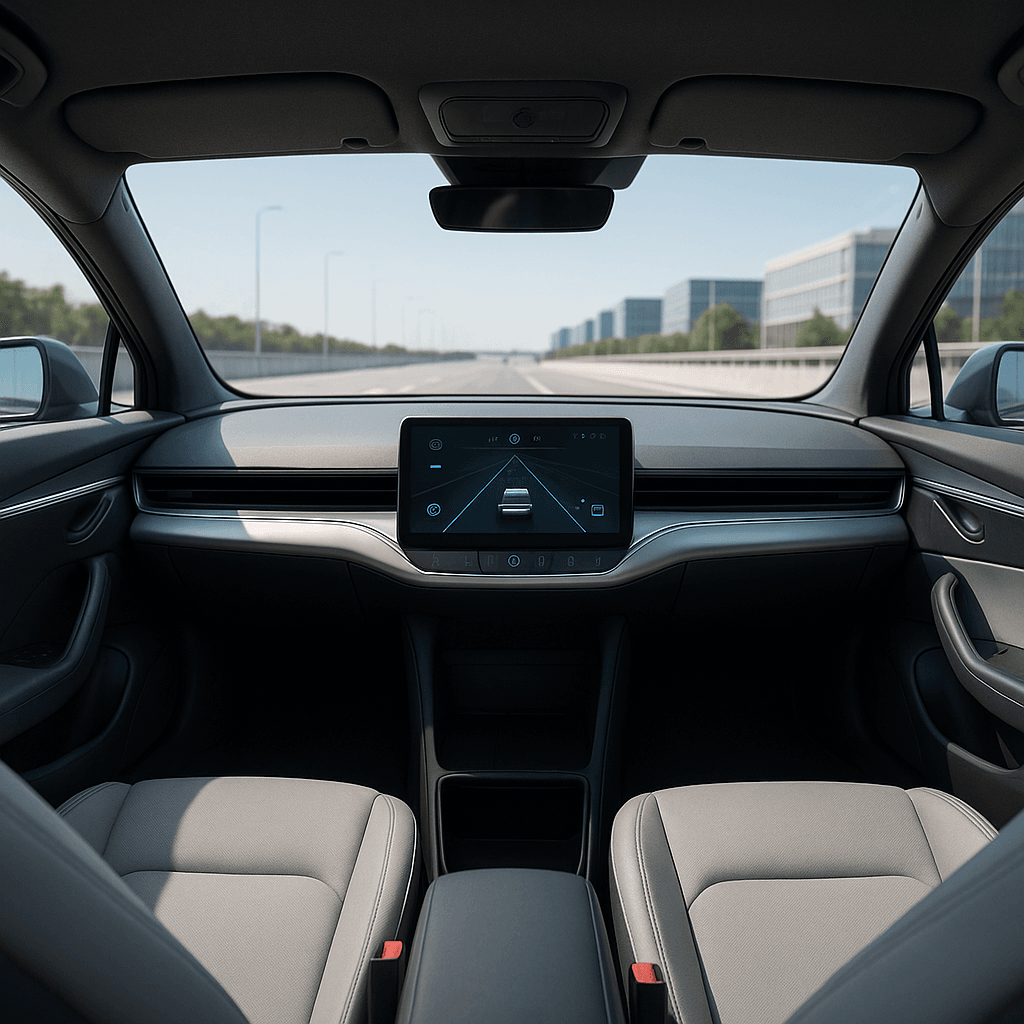Elon Musk dropped another ambitious timeline Thursday, claiming Tesla will start producing its fully autonomous Cybercab - with no steering wheel or pedals - by April 2025. The announcement came during Tesla's shareholder meeting, just moments after investors approved Musk's potentially $1 trillion compensation package. But regulatory hurdles and Tesla's track record on self-driving promises raise serious questions about whether this timeline is realistic.
Tesla CEO Elon Musk just made another bold production promise that could reshape the autonomous vehicle landscape - or join his long list of missed deadlines. Speaking at Tesla's shareholder meeting Thursday, Musk declared the company will begin manufacturing its Cybercab robotaxi this April at the Austin, Texas factory.
The timing couldn't be more dramatic. Musk's Cybercab announcement came just moments after shareholders overwhelmingly approved his potentially $1 trillion compensation package - the largest in corporate history. With that victory secured, Musk pivoted to his next moonshot: mass-producing vehicles that look nothing like traditional cars.
"We've got the first car that is specifically built for unsupervised, full self-driving to be a robotaxi called a Cybercab - it doesn't even have pedals or steering wheel," Musk told attendees, adding there won't be side mirrors either. "It's very much optimized for the lowest cost-per-mile in an autonomous mode."
The production claims are staggering. Musk said the manufacturing line will achieve a 10-second cycle time - six times faster than the current one-minute cycle for the Model Y. At that pace, Tesla could theoretically produce 2-3 million Cybercabs annually. "So these will be everywhere in the future," he declared with characteristic confidence.
But there's a problem: Tesla has never demonstrated that its vehicles can actually drive themselves at scale without human oversight. Despite years of "Full Self-Driving" promises and software updates, Tesla's current robotaxi service in Austin still requires a safety driver in the passenger seat. The company launched the service in June using modified Model Y SUVs, not the purpose-built Cybercabs Musk is now promising.
The regulatory landscape presents an even bigger challenge. Getting approval to deploy vehicles without steering wheels requires federal exemptions that have proven notoriously difficult to obtain. Amazon-backed Zoox managed to secure limited approval earlier this year, but only for demonstration purposes on public roads - not commercial operations.
General Motors tried and failed to get approval for its Cruise Origin vehicle, ultimately scrapping the project. Even , the dominant U.S. robotaxi operator, continues using modified Jaguar I-Pace vehicles with traditional controls rather than risk regulatory delays with custom designs.












